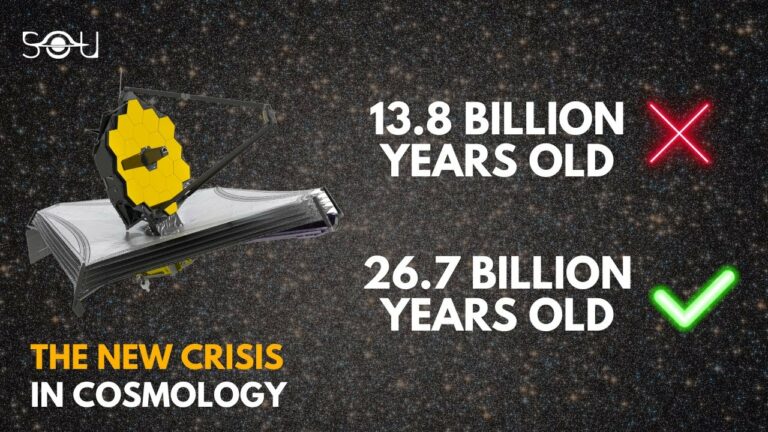How James Webb Showed The Universe Could Be Twice The Known Age
The James Webb Space Telescope observations show we may be wrong about the age of the universe. A new cosmology model that fits the high-redshift galaxy data observed by JWST suggests the universe could be twice the currently accepted age. This means the universe could be 26.7 billion years old.
NASA’s James Webb Space Telescope is an infrared observatory and has the potential to look at those regions of the cosmos that no other telescope could. With its powerful instruments, it opened windows to the last unexplored era of the cosmos, the first billion years after the big bang. But the currently accepted lambda-cold dark matter model has not been able to explain the JWST observations of high redshift galaxies.
The new model called the CCC + TL model, is a combination of Fritz Zwicky’s Tired Light (TL) hypothesis and the novel Covarying Coupling Constant (CCC) model. The CCC + TL model has explained JWST observations better than the ΛCDM model.
But what’s the evidence in favor of the revised age of the universe? And if the universe is really 26.7 billion years old, how does this impact our understanding of the cosmos?
Do not forget to share your opinion with us to provide you with the best posts !




0 Comments